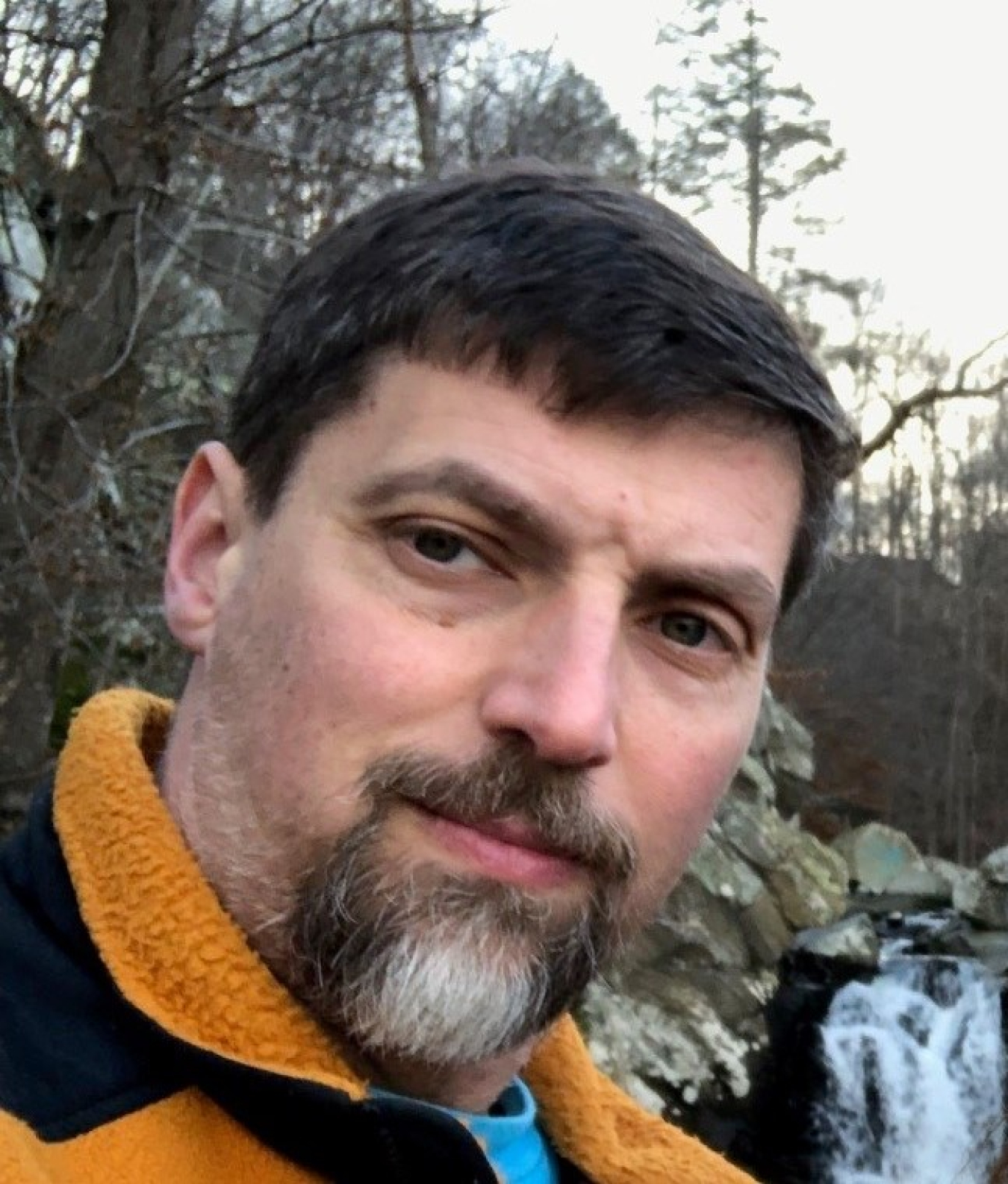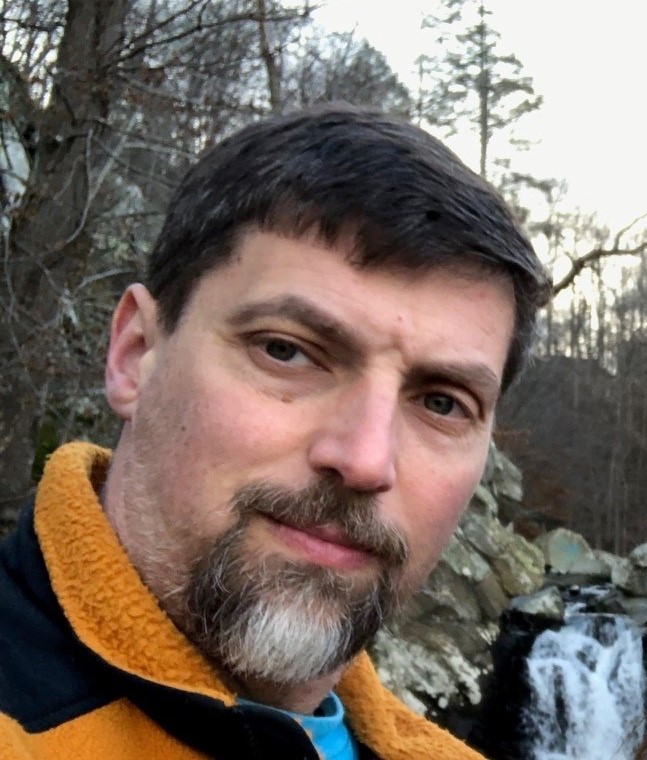Daylighting was a niche technique 30 years ago, but thanks to work of researchers like Ward, it is a core element of many high-performance buildings.
October 16, 2018If you work in the energy modeling field, chances are you have heard of and maybe even used EnergyPlus, the U.S. Department of Energy’s (DOE’s) open-source, state-of-the-art, whole-building simulation engine. If you work in the daylighting field, chances are much higher that you have heard of and used Radiance, DOE’s open-source, state-of-the-art lighting simulation engine. In fact, chances are fairly high that without Radiance there wouldn’t be much of a field for you to work in.
In September 2018, Greg Ward, the researcher and developer who first created Radiance in the mid-1980s, was recognized with the prestigious Award for Daylight Research from European philanthropic foundations VILLUM FONDEN, VELUX FONDEN, and VELUX STIFTUNG. Ward previously received the Achievement Award from the International Building Performance Simulation Association in 2012 for his work on Radiance and contributions to modeling in the daylighting field. Daylighting was a niche technique 30 years ago, but thanks to work of researchers like Ward, it is a core element of many high-performance commercial buildings. In addition to reducing energy costs associated with electric lighting, daylighting has many non-energy benefits related to occupant health and well-being; among others, it has been shown to improve student performance and retail sales.
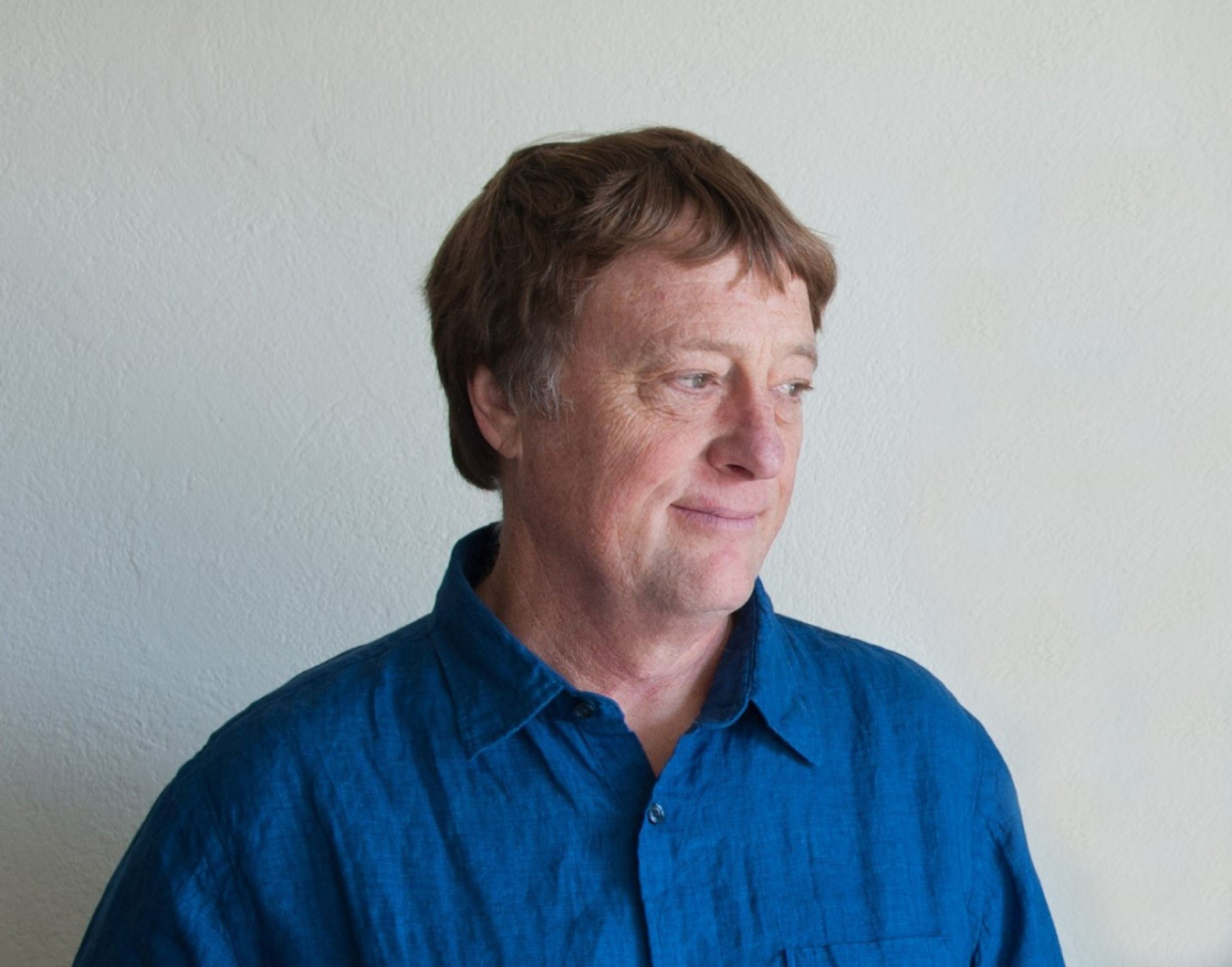
Radiance developer Greg Ward has been awarded the prestigious Daylight Award. The Radiance lighting simulation engine is the modeling tool of choice for the daylighting community, supporting dozens of commercial products and tens of thousands of users.
Radiance uses ray-tracing—geometrical calculations of “backwards” light paths that start at every pixel of a camera, bounce off surfaces, refract through windows, and end up in light sources—to render photo-realistic scenes. These same rendering operations can be used to calculate lighting metrics such as illuminance and glare, helping architects design spaces that leverage natural light to both reduce electric lighting use as well as to enhance experience.
Ward did not invent ray-tracing, but he made fundamental contributions that allow it to perform physically accurate calculations in reasonable amounts of time. He also developed methods for calculating how light is reflected or transmitted through glazing and shading materials with complex textures, refractive properties, or geometric features. The latter capability has been especially important to manufacturers of windows and window attachments, who use Radiance to design products that provide natural light while saving energy.
Beyond those technical improvements, Ward’s greatest contributions to Radiance were giving it a clean software design that could survive and thrive for more than 30 years and by making Radiance open-source. Ward has also been devoting a notable portion of his time to support the user community, by delivering on requests for advanced features and answering basic questions. Radiance is now embedded in dozens of public and commercial tools which are used by tens of thousands—if not hundreds of thousands—of users worldwide. Radiance is used to design a large number of high-profile projects like the New York Times building, where the use of daylighting saved 25% in electricity use and peak demand.
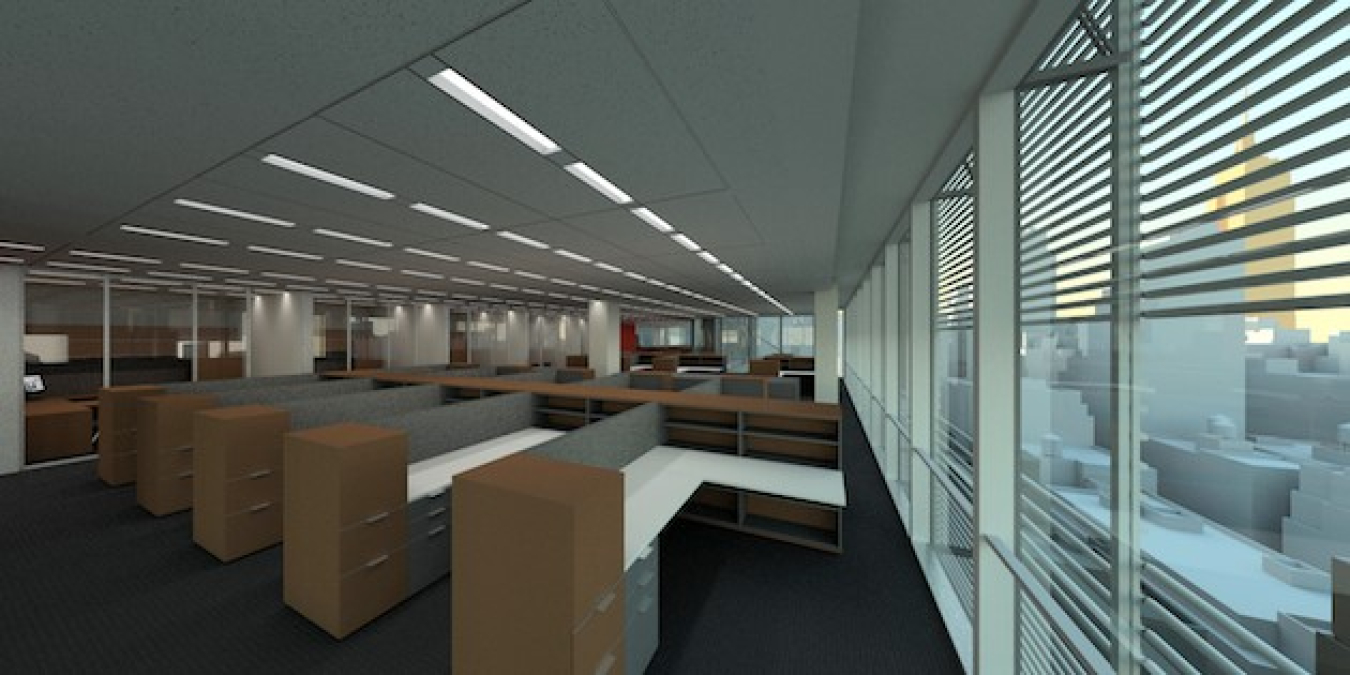
For the New York Times building designed by Renzo Piano and Associates, Radiance was used by LBNL to analyze the effects of the automated indoor roller shade on the interior’s daylight levels and quality, on glare, and on the view to the outdoors.
Radiance has been used to develop codes and standards for energy-efficient buildings, support right-to-light regulations for parks and open spaces, design sufficiently lit spaces for the legally blind, assess sunlight exposure in art museums, and develop metrics for assessing discomfort and health effects of daylight in indoor spaces. Beyond fenestration product design and architectural design, Radiance has been used by the medical research, aerospace, and even horticulture industries.
Ward developed Radiance at the Lawrence Berkeley National Laboratory (LBNL) as a staff scientist, and even though he’s since left the Lab to focus on more practical applications, he has continued to collaborate with LBNL to improve Radiance and expand its range of applicability. He continues to work tirelessly within the modeling community, by co-sponsoring an annual Radiance workshop where he interacts with researchers, developers, and beginning students alike or by stewarding Radiance’s effectiveness and user-base in other meaningful ways.
“It’s amazing how contagious his spirit is,” remarks Michael Martinez, associate principal, Integral Group, Oakland, California. “He quite literally created an environment where competitors are helping each other with their Radiance applications.”
For more information about Radiance visit http://radiance-online.org/.
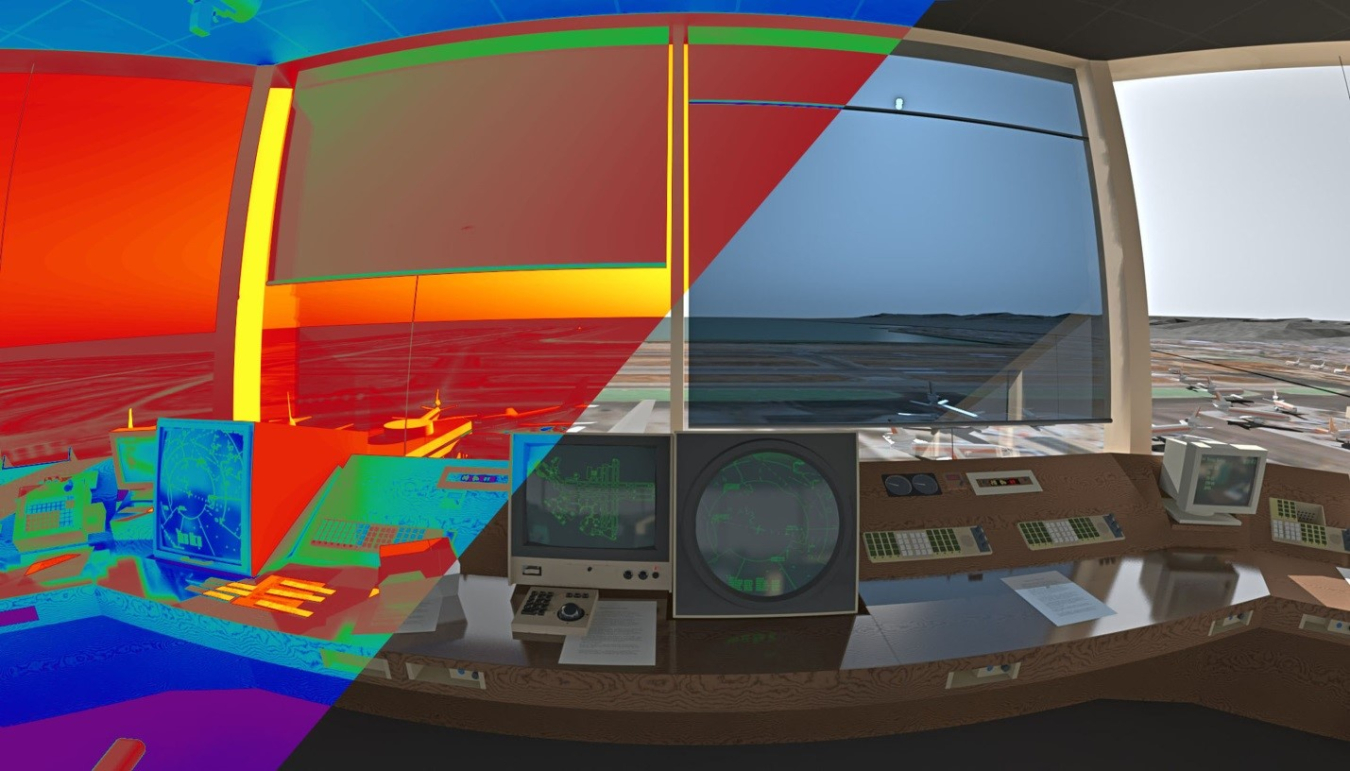
Responding to the FAA’s request that LBNL researchers model a San Francisco air traffic control tower, Radiance produced a highly realistic model to help the FAA decide whether to change the tower’s shading devices and display monitors.
Dr. Amir Roth
Dr. Amir Roth is the technology manager for BTO’s Building Energy Modeling (BEM) subprogram and has served in that role since 2010. From 2001 to 2010 he was first an assistant and then an associate professor with tenure of Computer and Information Sciences at the University of Pennsylvania in Philadelphia. He graduated magna cum laude with a B.S. in physics from Yale University and holds a Ph.D. in computer science from the University of Wisconsin—Madison where he won a dissertation award in 2001. He is a member of the American Society of Heating, Refrigeration, and Air-Conditioning Engineers (ASHRAE), and the International Building Performance Simulation Association (IBPSA).
Email Amir Roth ►
